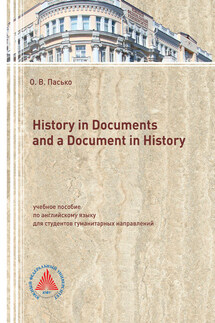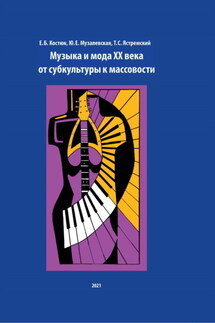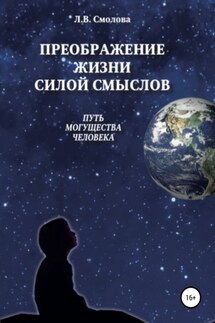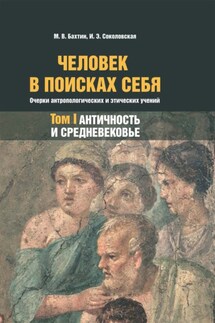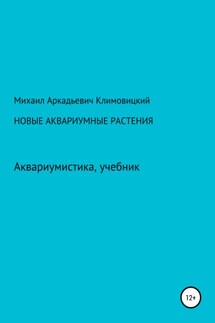History in Documents and a Document in History - страница 10
After soaking in water the skins were placed on a stretching frame. The skins could be attached by wrapping small, smooth rocks in the skins with rope or leather strips. Both sides were left open to the air so they could be scraped with a sharp, semi-lunar knife to remove the last of the hair and get the skin to the right thickness. The skins were made almost entirely of collagen. They formed natural glue while drying and if you take off the frame they keep their form.
To make the parchment more aesthetically pleasing or more suitable for the scribes, special treatments were used. For example, parchment makers rubbed pumice powder into the flesh side of parchment while it was still wet on the frame. It was used to make it smooth and to modify the surface to enable inks to penetrate more deeply. Powders and pastes of calcium compounds were also used to help remove grease so the ink would not run. To make the parchment smooth and white, thin pastes of lime, flour, egg whites and milk were rubbed into the skins.
During the seventh through the ninth centuries, many earlier parchment manuscripts were scrubbed and scoured to be ready for rewriting, and often the earlier writing can still be read. These recycled parchments are called palimpsests. In some universities the word parchment is still used to refer to the certificate presented at graduation ceremonies, even though the modern document is printed on paper or thin card.
2. Answer the following questions:
1) What is parchment made from?
2) Where was parchment used?
3) When and where was parchment developed?
4) What is the origin of the word “parchment”?
5) Where are the earliest parchment documents stored?
6) What is the difference between parchment and vellum?
7) When and why was parchment replaced by paper?
8) Why was the skin soaked in water?
9) What could speed up the process of making parchment?
10) What for were the skins placed on a stretching frame?
11) What are palimpsests?
12) What did they use to make parchment smooth and white?
3. Describe the process of making parchment using the Passive Voice:
Example: The skin was flayed.
4. Find the English equivalents in the text:
5. Match the words on the left with their definitions on the right:
6. Do you know the translation of these words?
7. What do you know about these people and places? Find information and make a report:
Herodotus
Library of Alexandria
The British Museum
Gutenberg
Ramses II
Text 8. Birch bark manuscript
1. Read the text and translate the words and phrases given in bold:
Birch bark manuscripts are documents written on pieces of the inner layer of birch bark. It was commonly used for writing before the advent of mass production of paper. Birch bark for writing was used for many centuries and in various cultures. The oldest dated birch bark manuscripts are numerous Buddhist texts from approximately the 1st century AD. The scientists believe that they have originated in Afghanistan. Russian texts discovered in Novgorod have been dated to approximately the 9th to 15th century AD. Most of those documents are letters written by various people in Old Novgorod dialect.
The Buddhist birch bark texts were stored in clay jars and acquired by the British Library in 1994. The British Library birch bark manuscripts were in the form of scrolls which were very fragile and already damaged. They were five to nine inches wide, and consisted of twelve to eighteen inch long. Overlapping rolls were glued together to form longer scrolls. A thread sewn through the edges also helped hold them together. The script was written in black ink. The manuscripts were written on both sides of the scrolls, beginning at the top on one side, continuing with the scroll turned over and upside down, so that the text concluded at the top and back of the scroll. The longest intact scroll from the British Library collection is eighty-four inches long.
